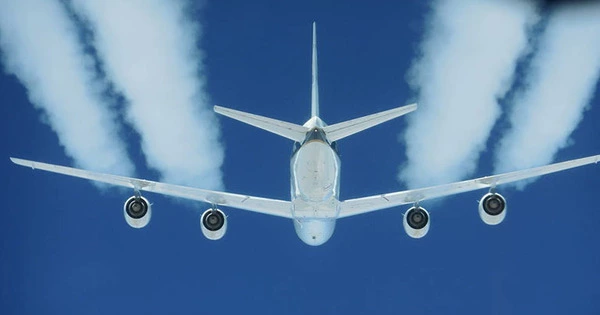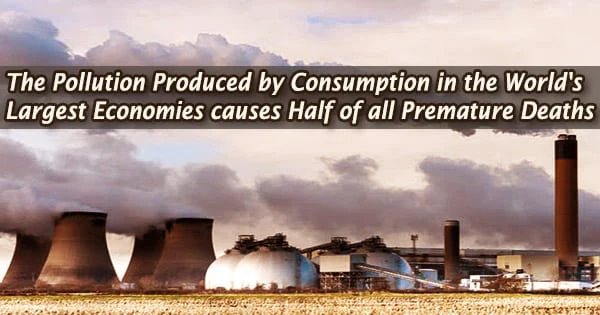Aviation has various environmental effects that can contribute to climate change, air pollution, noise pollution, and other environmental issues. Aircraft engines emit gases, noise, and particulates as a result of fossil fuel combustion, raising environmental concerns about their global and local effects. Jet aircraft contribute to climate change by emitting carbon dioxide (CO2), the best-understood greenhouse gas, as well as nitrogen oxides, contrails, and particulates, which are less well-understood. With a very low level of scientific understanding, their radiative forcing is estimated to be 1.3-1.4 times that of CO2 alone, excluding induced cirrus clouds. Global commercial operations accounted for 2.4% of total CO2 emissions in 2018.
Aviation has both positive and negative environmental effects. Some of the negative environmental effects of aviation include:
- Carbon emissions: Aviation is a major contributor to global carbon emissions. Aircraft engines burn fossil fuels, which release carbon dioxide, methane, and other greenhouse gases into the atmosphere. These emissions contribute to climate change.
- Noise pollution: Airplanes are loud, especially during takeoff and landing. The noise can disturb people and wildlife living near airports.
- Air pollution: Aircraft engines also release pollutants such as nitrogen oxides and particulate matter, which can harm air quality and affect human health.
- Land use: Airports and their associated infrastructure can take up a significant amount of land, which can lead to habitat destruction and fragmentation.
- Wildlife strikes: Birds and other wildlife can collide with airplanes, causing damage to the aircraft and posing a safety risk to passengers.
On the other hand, aviation also has some positive environmental effects, such as:
- Transportation: Aviation allows people and goods to travel quickly and efficiently over long distances, reducing the need for long-distance land-based transportation.
- Economic development: Aviation can stimulate economic development and growth by enabling international trade and travel.
- Disaster relief: Aviation can be used for disaster relief operations, delivering supplies and aid to affected areas.
Overall, the negative environmental effects of aviation must be addressed through sustainable aviation initiatives, such as improving fuel efficiency and reducing carbon emissions, noise mitigation strategies, and wildlife management programs.
Aircraft noise pollution interferes with sleep, education, and may increase cardiovascular risk. If not contained, airports can cause water pollution due to their extensive handling of jet fuel and deicing chemicals, contaminating nearby water bodies. Aviation activities produce ozone and ultrafine particles, both of which are harmful to one’s health. Avgas is burned by piston engines in general aviation, releasing toxic lead.
To mitigate the environmental effects of aviation, there are various measures that can be taken, including developing more fuel-efficient aircraft, reducing the number of flights, using alternative fuels, implementing noise reduction strategies, improving waste management and recycling, and reducing the environmental impact of airport operations.
















